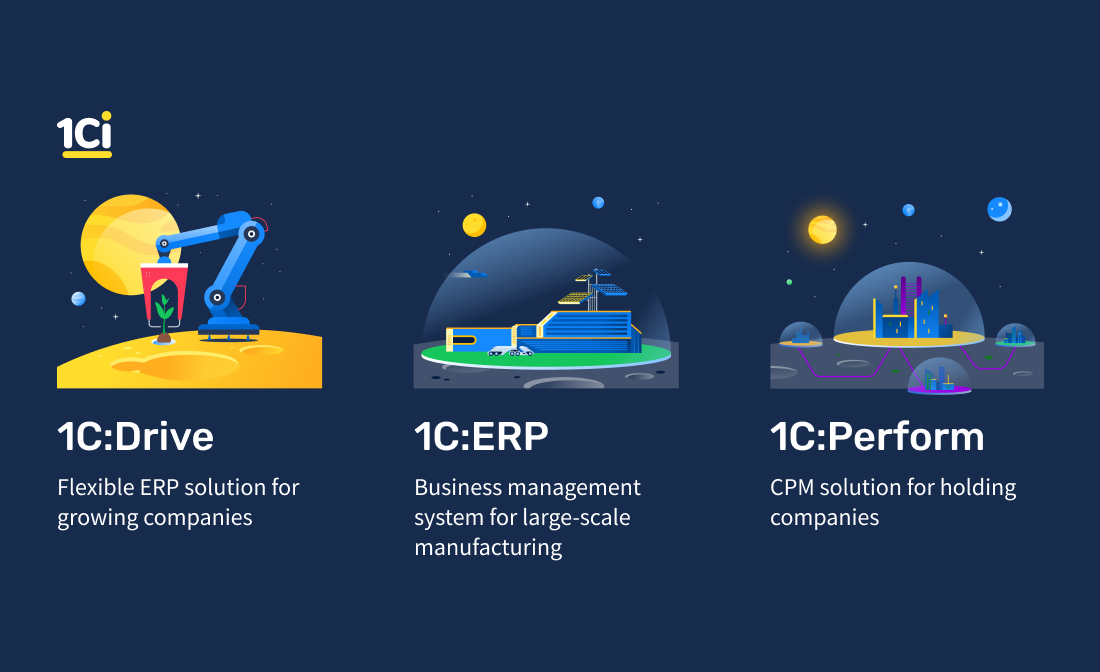Digital business transformation is often associated with highly innovative technologies like AI or machine learning. Enterprise Resource Planning (ERP) is a perfect addition to this row. This tool knocks down operational inefficiencies and data duplicity and increases the turn-around time by maintaining cost and quality.
ERP and business digitalization
There are multiple ways ERP systems can boost business efficiency and multiply earnings by eliminating manual or outdated data processing and management. Here are some of the most important from the digital transformation standpoint:
Accurate Data
Data hygiene is very much important when it comes to doing business with heavy cash flows. Data redundancy or data duplicity can burn a hole in the pocket. In addition, multiple entries of the same suppliers, vendors, and customers can demand time and energy, potentially being used to elevate business operations to their optimum levels.
Effective planning
ERP system allows switching from spreadsheet-based planning performed by one person to automated calendar management and task assignments. Thus, the productivity bottleneck is removed. Also, an ERP is a perfect solution for cost calculation and predictive analytics of the project's ROI before it is even sent to implementation.
Real-time data collection
One of the popular pain points that forces companies to implement an ERP is many business solutions generating dispersed data. To effectively use this information, it should be collected in one place and updated in real-time. This is precisely what an ERP system provides to the business, thus allowing more informed and data-backed decisions.
360-Degree View of the company
Another problem that lots of companies face is getting a 360-degree view of the entire business. For example, suppose there are multiple departments or legal entities that can even be located abroad. In that case, it is hard to automate the business process for a specific commodity or department and get an opportunity to analyze operations at the whole company level. With an ERP, all the meaningful data on sales, planning, customer service, production, distribution, accounting, HR, or multiple legal entities is available immediately. This makes it hard to overlook some vital business trends or events. Also, all branches can perform accounting in local currency, which makes the process easier.
More efficient reporting
One of the main consequences of the ERP implementation is that the company gets the correct and up-to-date data on the whole business, which is super-useful for reporting. ERP systems allow creating comprehensive reports to understand the specific department's performance or even a business process and generate estimates and predictions based on past data. This is also useful for the most efficient quoting. The company can calculate the projected ROI for every lead and offer discounts and custom terms accordingly to keep the profits positive.
Enhanced collaboration within the company
When every department has its own software and processes, it is hard to collaborate on complex projects that effectively involve multiple departments. In addition, poor communication often leads to a lack of data at every stage of the project or business process execution. As a result, the overall efficiency will be on a low level. The ERP implementation allows all employees to stay on the same page and date for better results and faster progress.
Better productivity = higher ROI
Data is the new oil, thus having lots of data, reports, and estimates to fuel the decision-making process and finding bottlenecks in business processes inevitably leads to higher productivity. And the higher the productivity is, the more influential the company is, and the higher the ROI.
Savings on operational costs
ERP systems eliminate lots of manual labor, saving money immediately and providing higher data accuracy due to manual information entry. As a result, the business gets more accurate data, and employees can do more critical work, saving time on manual labor.
Improved customer service and marketing
Excellent ERP systems always provide marketing and customer relations features. For example, custom pricing and offerings or built-in CRM features, any sound ERP system should offer out of the box. Also, ERPs accumulate customer data, which allows better personalization.
How do companies understand they need ERP?
The most often case is when the management team understands that simple manual labor and outdated Excel-based planning bring more problems than savings. Of course, every manager has the ideal business process in mind, but sometimes it is easier to keep things simple unless this simplicity leads to mistakes and lost money.
For example, one might estimate that automatically populating an order form with customer data from a fully integrated CRM or accounting system could reduce order entry time by two minutes and prevent four thirty-minute mistakes per month. Likewise, calculating the average number of orders and contained errors throughout the year allows us to estimate how much time can be saved with a fully integrated ERP solution on that one task alone.
The more such bottlenecks are present in the current business processes, the higher the positive impact of moving through better automation and digitalization with ERP.
How 1C:Drive provides a complete solution to customers: flexibility, low-code, and more
The 1Ci team works hard to deliver the best business automation solution for our customers worldwide. We speak with our clients, get in their shoes to understand what is really important to businesses in different regions. This approach allowed us to make a complete ERP solution that benefits companies in so many ways. Here are the most important ones:
Full control over data
1C:Drive is an on-prem software that runs locally in the corporate infrastructure and can be also launched in the private cloud. This gives the company complete control over its data and information flows. Businesses also get a higher level of flexibility and can develop their systems to tailor them to changing business processes and requirements.
Localization
This goes far beyond the translations of buttons and UX elements. Unfortunately, international vendors often overlook local regulations and peculiar business processes, making the solution completely unusable for local businesses.
For example, in some Latin American countries, businesses are required to store all operations history. The ERP should be integrated with the State Tax Service (facturacion electronica) to send this data to regulators. Lots of well-known ERP solutions do not have this integration, while 1C:Drive does.
For example, in Turkey 1C:Drive customers can integrate the ERP with e-finans, one of the Turkish premier digital services for issuing e-Fatura invoices. This means you can send e-invoices directly from your ERP without any additional steps or doubling operations. Besides, 1C:Drive offers customized document forms that also follow local regulations.
Low-code approach for better customization
If the ERP can be flexibly customized in many ways, this will unlock various opportunities for business processes automation and ROI growth. As an example, 1C:ERP enables customers to:
-
faster ecommerce set up due to multiple integrations with online stores;
-
set up custom dashboards and reports;
-
conduct multi-currency accounting;
-
support several processes within one solution (e.g., sales and services);
-
manage stocks in real-time;
-
add CAD/PDM connectors fast.
Growth opportunities
Another crucial factor is scalability. ERP that can perfectly serve 20 users may become a limiting factor when this number grows to 100 and the number of orders to process grows from hundreds to thousands per day. So, before you even start to implement your ERP, it is excellent to understand how it can be scaled in the future. Sometimes, vendors implement multiple service tiers based on the user count, or you will be required to purchase additional resources. Sometimes, they offer the same stable solution to everyone, but the tool can't work great for a tiny startup and a medium-sized production company. The same applies to launching new business streams and verticals. Many ERP systems are tailored to only one type of business or niche, while 1C:Drive allows expanding your business with no need to switch the ERP.
The 1C:Drive has a modular structure, allowing businesses to use specific features, automate business processes they need now, and add more functionality when required. This is the cost-effective approach that enables the company to scale while saving resources on ERP software.
Who can run digital transformation using ERP?
The good thing about ERP that makes it a perfect digital transformation solution is that it can deliver excellent results in multiple industries. The list includes but is not limited to:
-
Manufacturing
-
Wholesale & Distribution
-
Industrial Services
-
Project Management







